The Actual Dimensions of a 2×4: Your Go-To Guide
For many individuals, the term “2×4” conjures up a specific mental image of a piece of lumber, commonly used in construction and DIY projects. However, there is a prevalent misunderstanding surrounding the actual dimensions of a 2×4, leading to confusion and potential issues in building projects. It’s essential to unravel this misconception and comprehend the true measurements of 2×4 lumber to ensure accurate planning and execution in construction endeavors.
Origins of Lumber Sizing
The sizing of lumber, including the standard 2×4 dimensions, has a rich historical background that has evolved over time. Initially, the term “2×4” referred to the rough-cut dimensions of the lumber, which were indeed 2 inches by 4 inches. However, as the lumber industry progressed, the introduction of finished dimensions altered the meaning of a 2×4 piece of wood. Understanding this historical transition is crucial in comprehending the discrepancies between nominal and actual measurements.
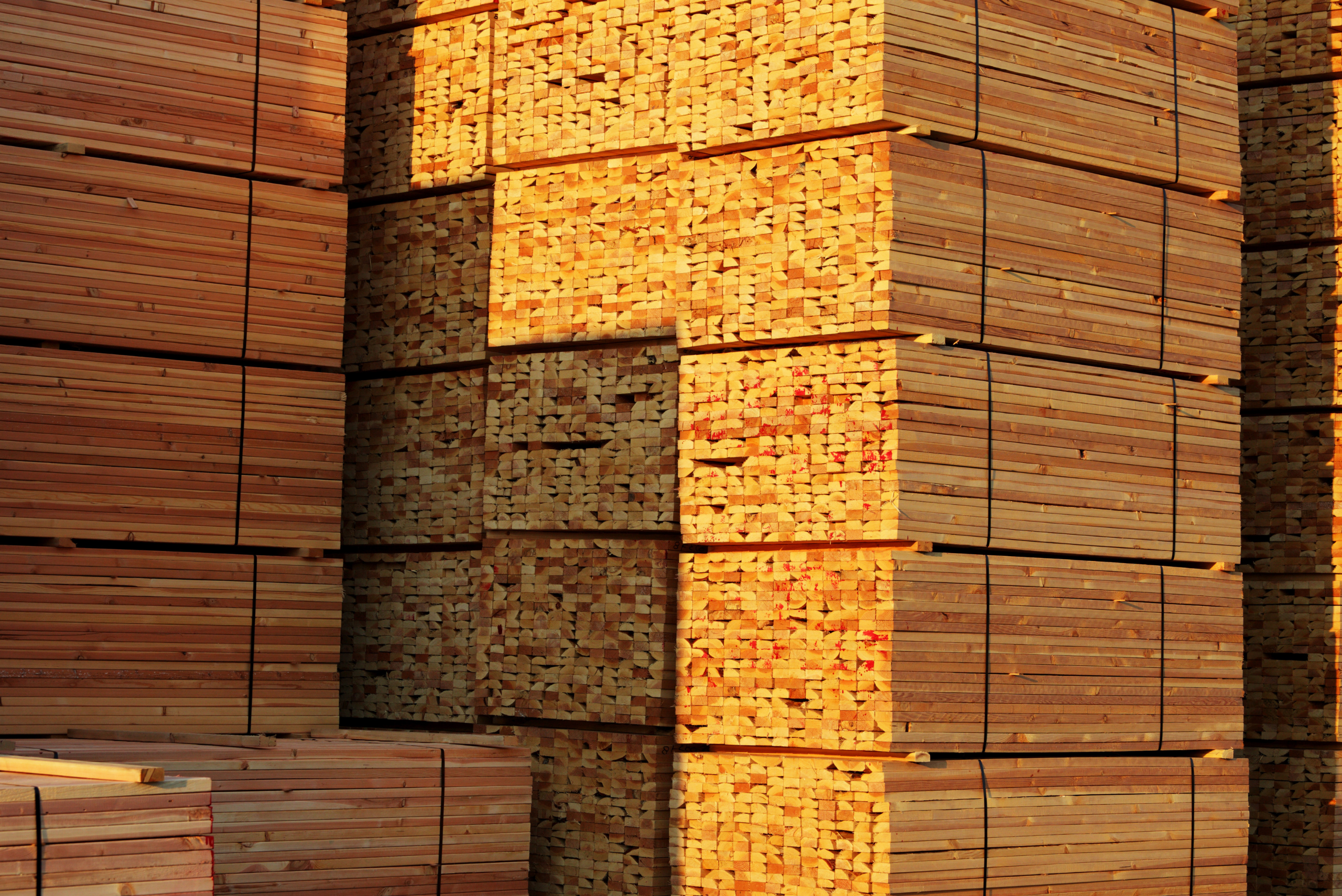
Understanding the True Measurement of a 2×4
Contrary to popular belief, the true dimensions of a 2×4 piece of lumber are not 2 inches by 4 inches. In the modern context, a 2×4 board actually measures approximately 1.5 inches by 3.5 inches. This revelation often comes as a surprise to individuals who have been accustomed to the traditional understanding of lumber sizes. The disparity between nominal and actual dimensions underscores the importance of accurate information when working with construction materials.
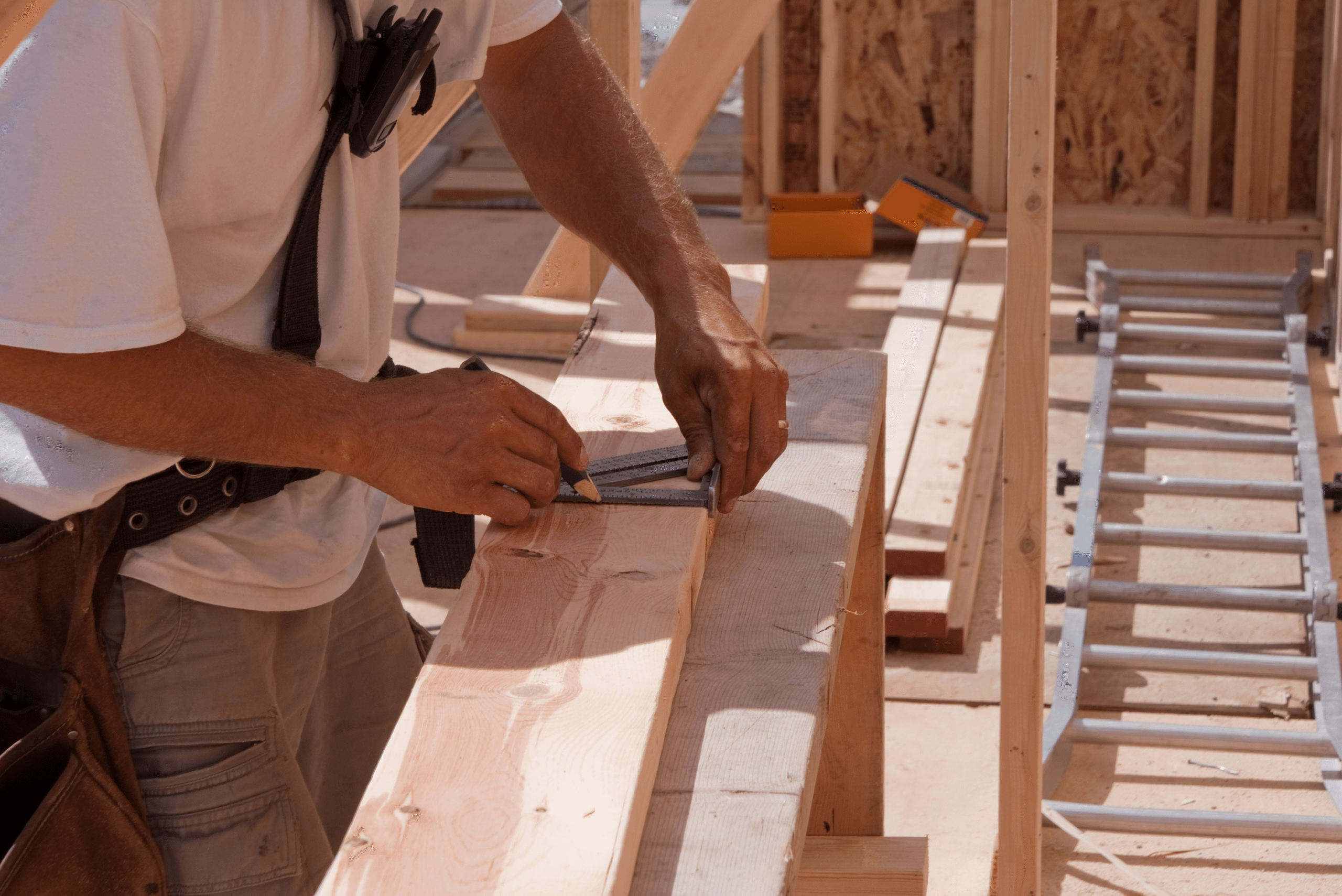
The Impact on Construction Projects
The revelation of the true measurements of a 2×4 board holds significant implications for building and renovation projects. Understanding the actual dimensions is crucial for precise planning and execution, as it directly influences the structural integrity and overall outcome of construction endeavors. Failing to account for the true measurements can result in misalignments, inaccuracies, and other complications that may compromise the quality of the final product.
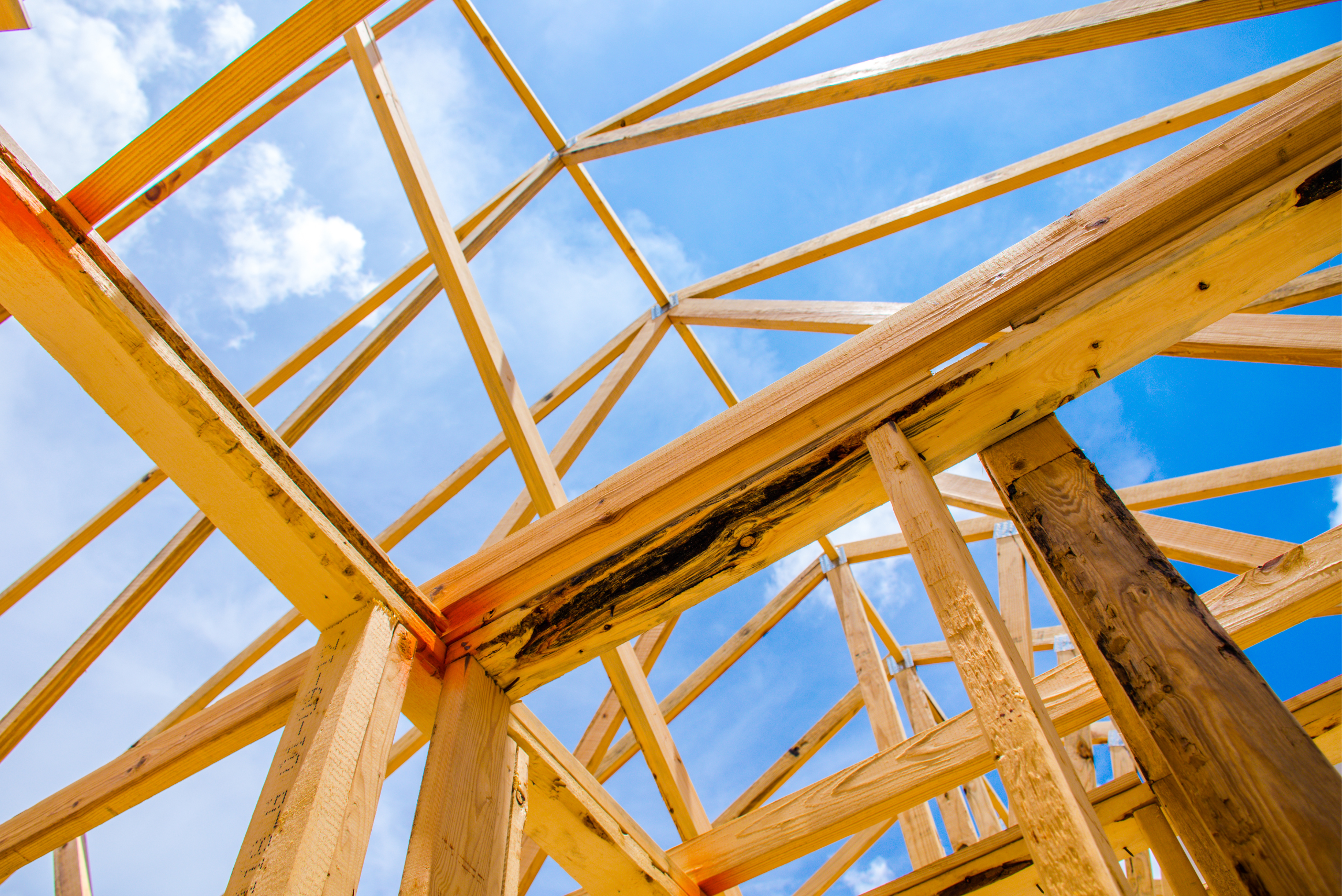
The Lumber Industry Perspective
Behind the scenes, the production and marketing of 2×4 lumber shed light on the factors contributing to the discrepancies in sizing. The manufacturing process of 2×4 boards involves various stages that ultimately lead to the finished dimensions. Additionally, the marketing of lumber products and the labeling of sizes play a role in perpetuating the traditional understanding of 2×4 measurements, contributing to widespread misconceptions among consumers.
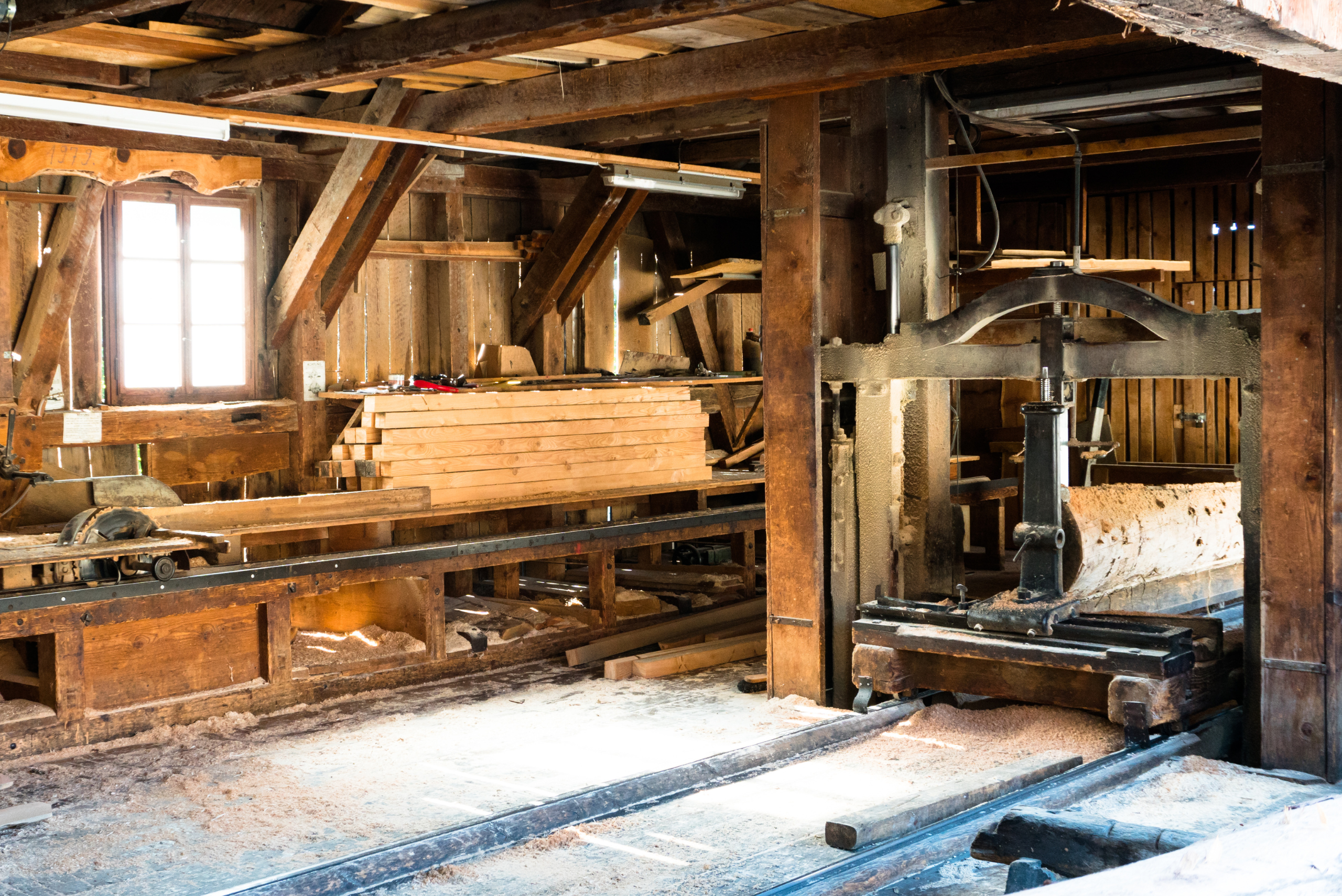
Legal and Regulatory Standards
In the lumber industry, compliance with legal and regulatory standards is paramount. Various organizations are tasked with defining and enforcing standards for lumber sizing, ensuring that manufacturers and distributors adhere to prescribed measurements. The implications of non-compliance with these standards can have legal repercussions, emphasizing the importance of accurate labeling and adherence to true measurements within the industry.
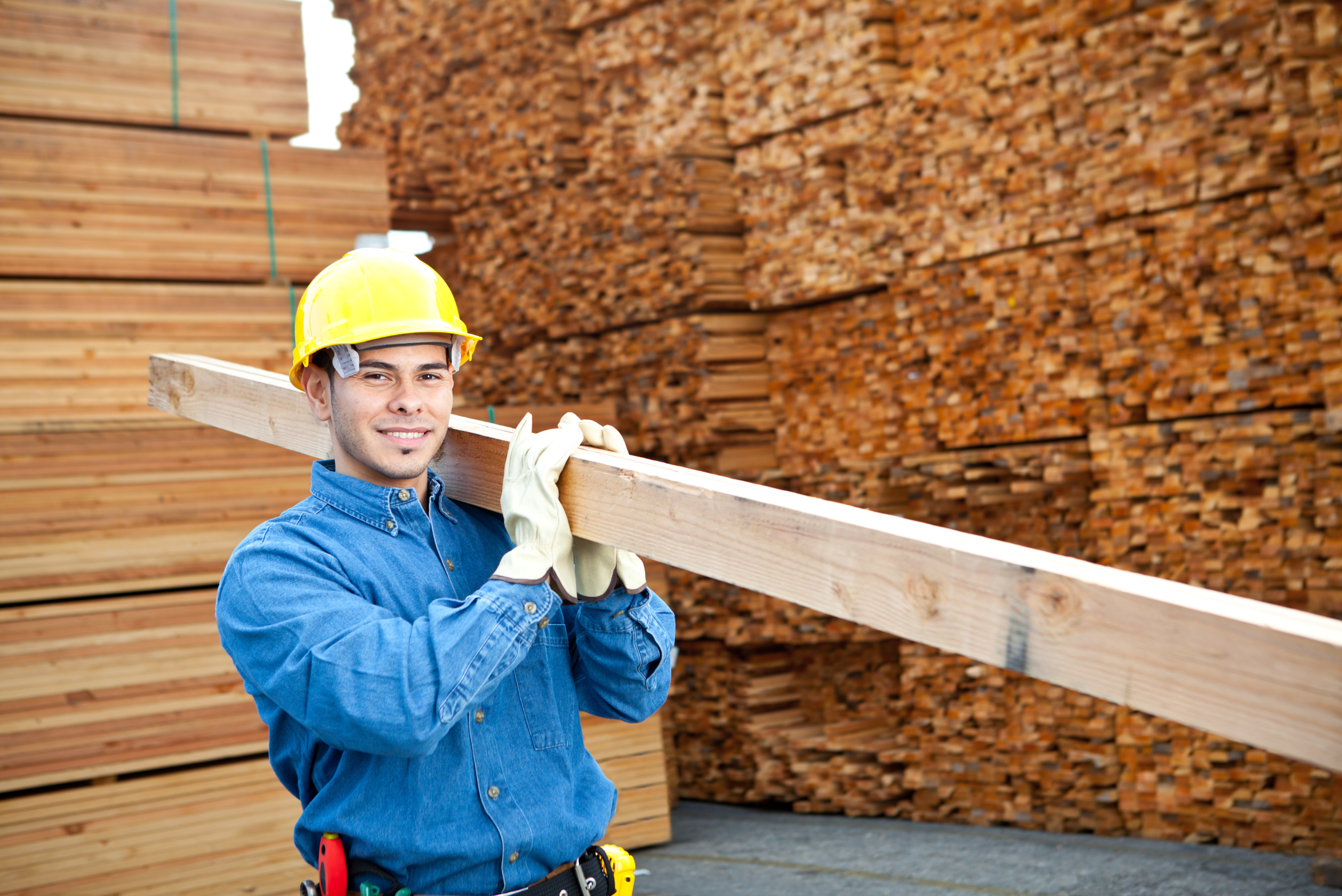
Practical Applications for Consumers
For DIY enthusiasts and individuals involved in construction projects, understanding the true dimensions of a 2×4 board is essential for informed decision-making. Factoring in the actual measurements when planning and executing projects can prevent costly mistakes and ensure the successful completion of projects on time. Choosing the right materials based on true dimensions is a fundamental aspect of achieving precision and quality in construction and renovation work.
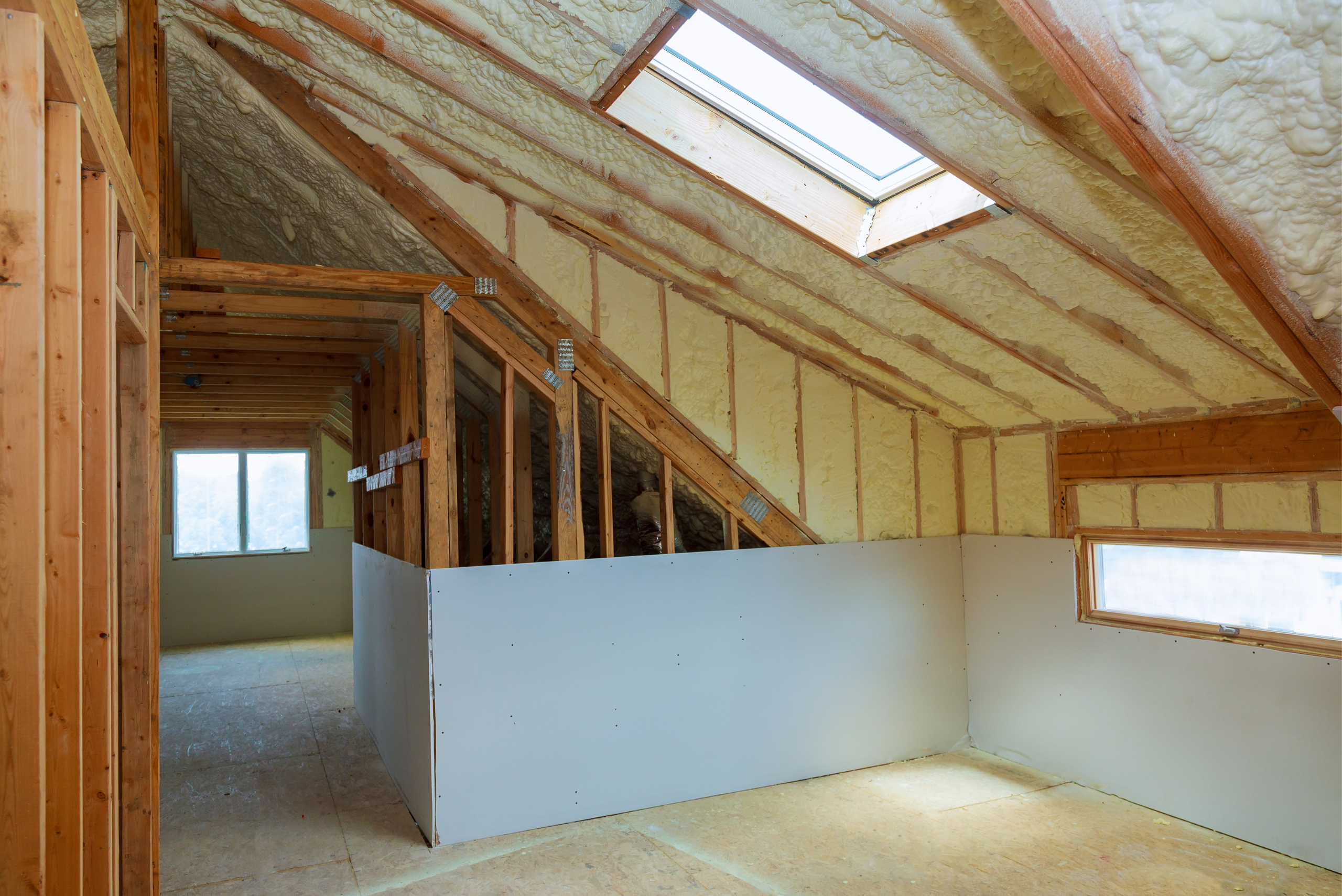
FAQs
Why is dimensional lumber not actual size?
Dimensional lumber, such as a 2×4, is named based on its rough-cut dimensions before it undergoes the drying and planing processes. When wood is harvested and processed, it is initially cut to a rough size. As the wood dries and is planed to achieve a smooth surface, it undergoes some shrinkage. Therefore, the final, finished size of the lumber is smaller than its nominal or “named” size.
What is the actual size of a 2×4?
The actual size of a 2×4, after the drying and planing processes, is approximately 1.5 inches by 3.5 inches. The nominal size “2×4” is a reference to the rough-cut dimensions, but the actual dimensions are smaller due to the aforementioned processes.
What is the actual length of a 2×4 stud?
The actual length of a 2×4 stud can vary depending on its application and the specific requirements of a construction project. Standard lengths for 2×4 studs are often 8 feet, 9 feet, or 10 feet, but they can be cut to custom lengths as needed during construction. It’s essential to consider factors like ceiling height and building design when determining the appropriate length for 2×4 studs in a particular project.
What are the actual dimensions of a 2×4 metal stud?
Unlike dimensional lumber, which undergoes shrinkage during drying and planing, metal studs are typically manufactured to their specified dimensions and do not undergo significant changes after processing. Therefore, the actual dimensions of a metal stud, such as a 2×4 metal stud, remain relatively consistent with the nominal or named size.
Unraveling the misconception surrounding the actual dimensions of a 2×4 board is crucial for anyone involved in construction, renovation, or DIY projects. By acknowledging the true measurements and understanding industry practices, individuals can make informed decisions and ensure the success of their endeavors.




![DIY Auto Detailing [10 Must-Haves for your Garage]](https://www.manmadediy.com/wp-content/uploads/sites/52/2021/03/car-sponge-81861-269x170.jpg)


